Our Cape Gooseberry plants
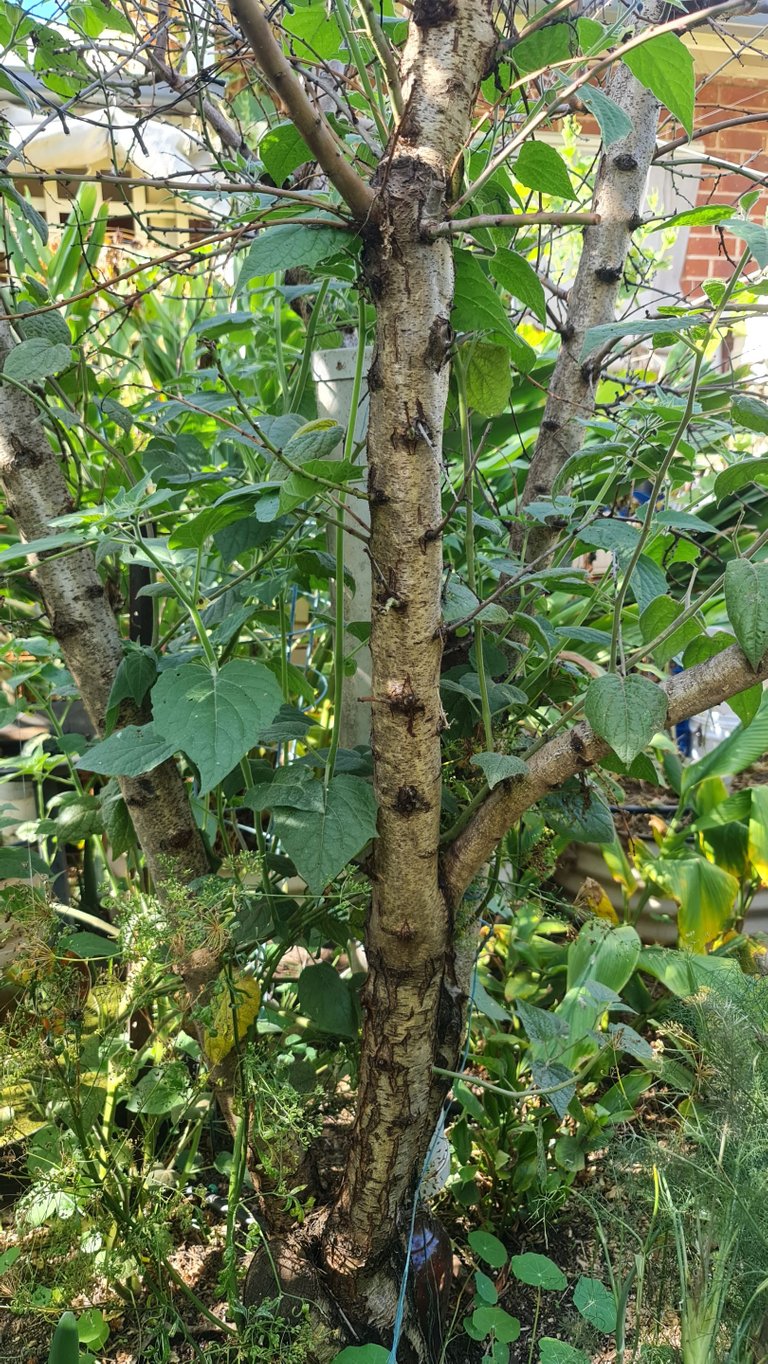
Cape Gooseberry (Physalis peruviana) is a well loved plant that enjoys the conditions here in SA and providing us with a whole lot of fruit.
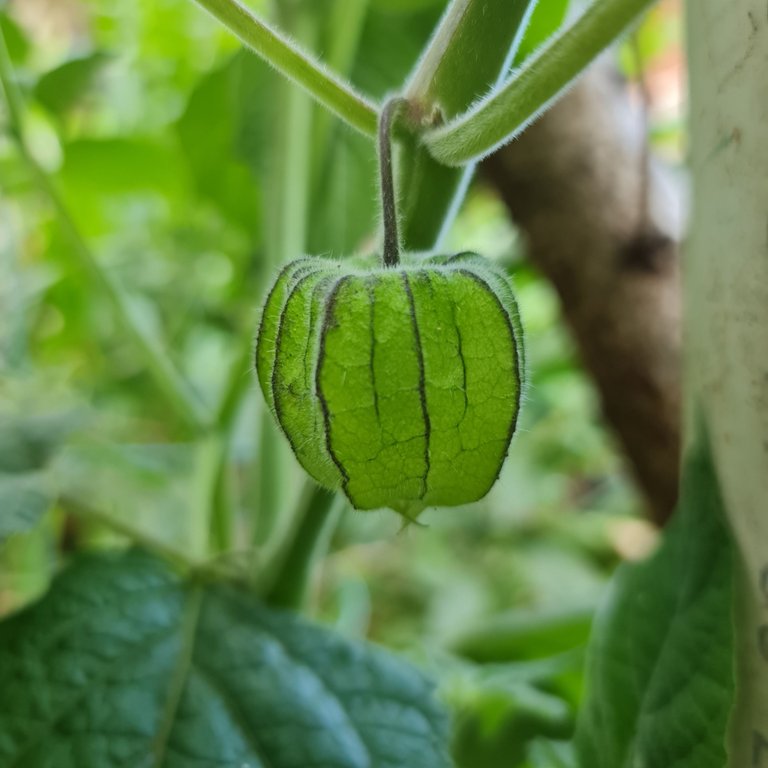
As with so many things at Ligya Garden, we do things a little differently. Our Sun loving Cape Gooseberry plants grow in a lot of shade for most of the year however, from mid spring to late Autumn, they get enough Sun to flower and fruit well. That gives us tangy fruit at the end of the cold and the beginning of the next lot.
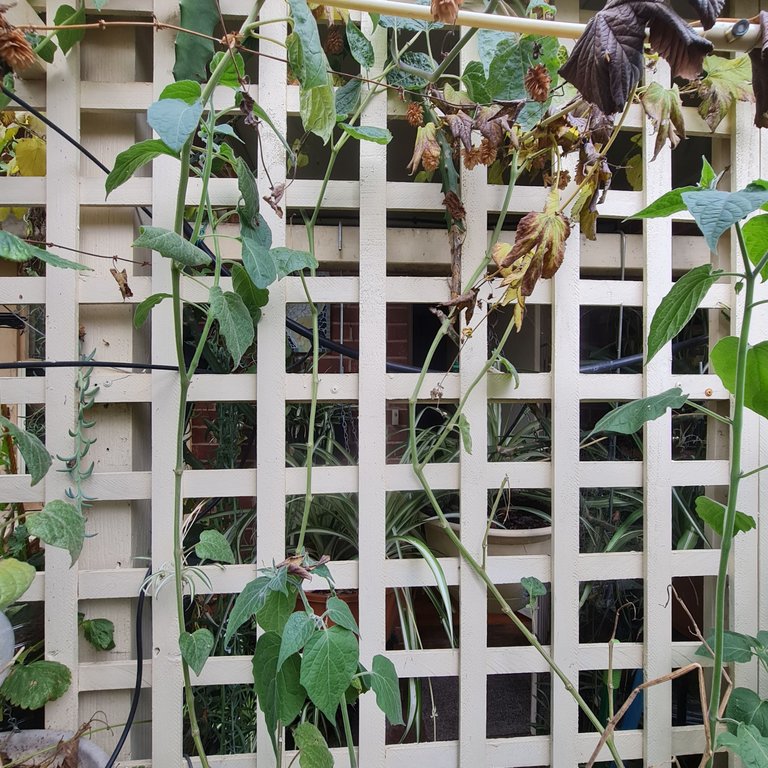
Cape Gooseberry plants are vine-like and can spread easily. We kind of train ours upward o the trellis on the front of the verandah and another sprawls lazily under the Almond tree. It grows upwards by itself but sometimes, the stems can get broken by the mass of the plant and the weight of the fruit.
In its ‘down time’ during the rest of summer, the Cape Gooseberry has another job. It is an indicator plant for Red Spider (2-Spotted) Mites and their Stethorus predators.
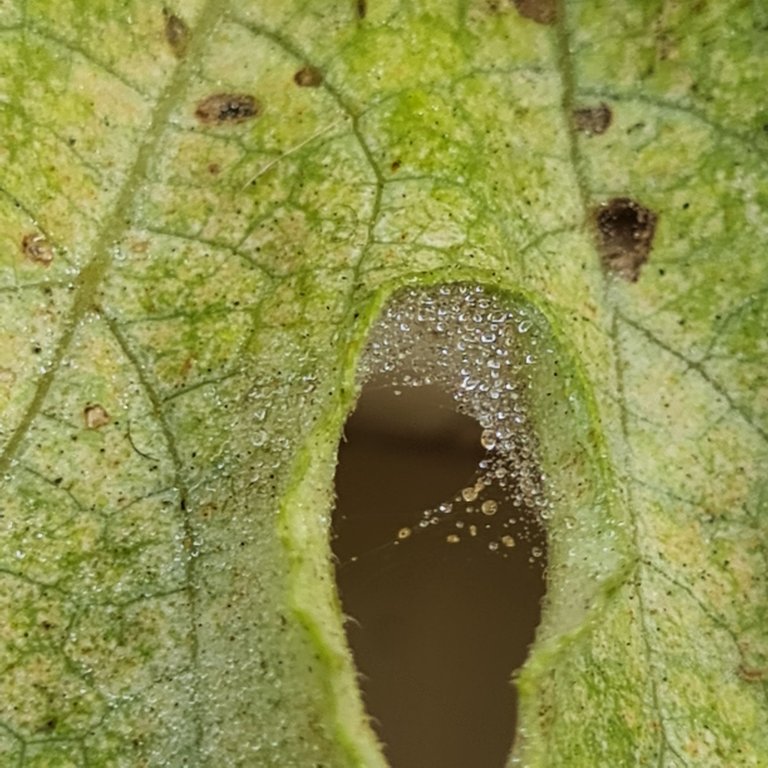
The Mites can first be seen on the Blackberry Nightshades that we let self seed for both food and use as trap plants. Then they move onto the Cape Gooseberry.
When I see them, I get scared, just like everyone else but I keep my cool and watch out for shiny little black dots to start moving over the leaves. That’s the Stethorus Ladybird Beetle that I’ve written about before. That means that the Mites will be under control soon and I have no need to worry about out Tomatoes.
On the rare occasion when the Mites do show up on the Tomatoes, I grab a few leaves from the Cape Gooseberry and hang them on the affected plants. This year, that trick worked well on our bioponics Eggplants too.
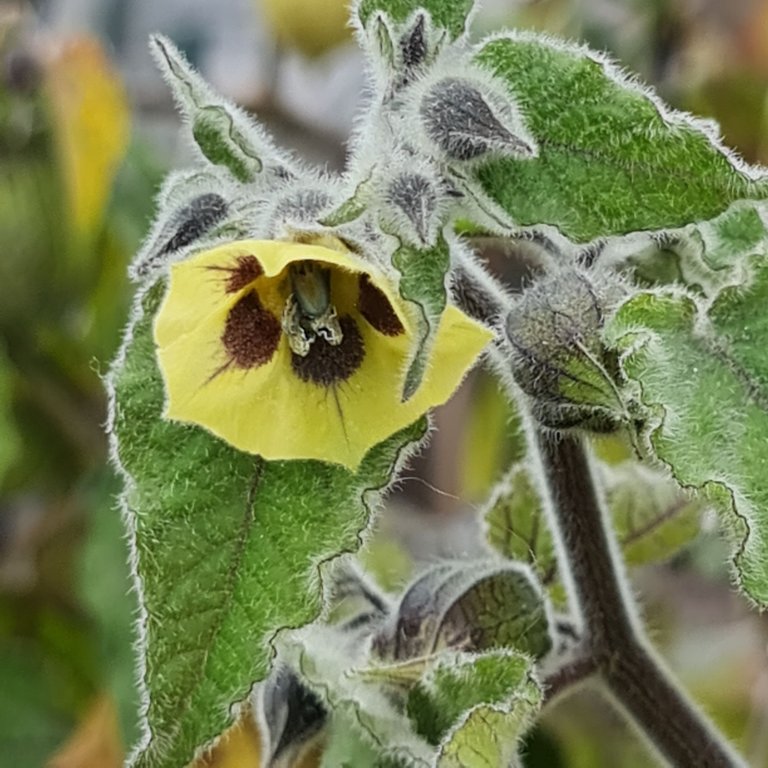
Cape Gooseberry is one of the Solanum family that contains Tamarillo, Potato, Tomato and Blackberry Nightshade. The group of plants that it is closely related to including Ground Cherry and Tomatillo have their fruit encased in little green structures that remind me of Chinese Lanterns. The case dries over time revealing th intricate lacework of its structure. Unfortunately, none of the dried cases are around now or I’d show you a picture of one.
Cape Gooseberry fruit are like supercharged tomatoes. They’re delicious. They start green but ripen to a bright yellow/orange. As with other Solanums, like Blackberry Nightshade, only eat the fruit when it’s ripe otherwise stomach-aches can ensue.
Because we are on such a small block, it is important to have plants that provide multiple benefitsand Cape Gooseberry is a prime example of that for sure – delicious fruit, pretty flowers and pest control all rolled into one plant.






well loved here too. even though they die off in our frosts each year, they seem to come back ever stronger the following Spring.
Good to know they keep going.
in our country... this plant is named CIMPLUAN. and this has many benefits for health @ligayagardener
Thats great to know! I live learning the banes of a plant in different languages. Thank you.
Thanks @ewkaw!
My pleasure :)